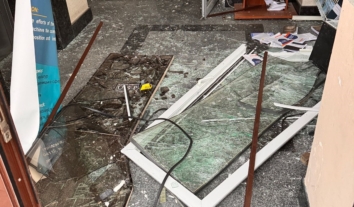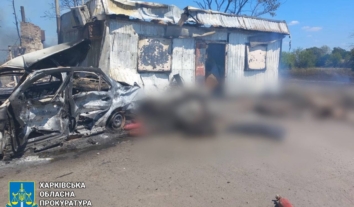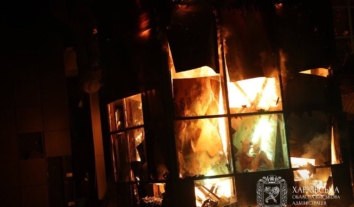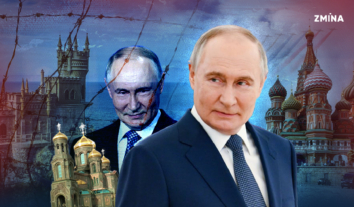2,000 Russian drones hit Ukraine in October alone using 170,000 components from China, US and Europe – Zelenskyy
President of Ukraine Volodymyr Zelenskyy stated that Russians are still using components from companies in China, Europe, and the United States for Shaheds and missiles used to attack Ukraine.
In his evening address, Zelenskyy reported that Russians launched more than 2,000 Shaheds against Ukraine in October 2024 alone.
“This number of Shaheds means more than 170,000 components that should have been blocked from being supplied to Russia. Microchips, microcontrollers, processors, and many parts, without which this terror would simply be impossible. All this is supplied to Russia from abroad. Unfortunately, it comes from companies in China, Europe, and America – a lot of micro-contributions to Russia’s constant terror,” he said.
Zelenskyy stressed the urgent need for stricter export controls on specialised parts to prevent Russia from circumventing existing sanctions.
“Just like with the Shaheds, with Russian missiles. They all contain components from other countries,” he commented and called for tougher sanctions against Russia.
 Volodymyr Zelenskyy
Volodymyr Zelenskyy“Every scheme to avoid sanctions is a crime against people and the world, and it is precisely these schemes that allow Russia to help ‘build muscle’ for the regimes in Iran and North Korea. This is a global threat. Only global, special pressure can overcome it,” he said.
Earlier, Bohdan Bernatskyy, a member of the Sanctions Policy Working Group of the Crimean Platform Expert Network, revealed at the Third Parliamentary Summit in Latvia that over 1,300 Russian military companies and 2 million industry workers continue operating, many without international restrictions.
Ukraine continues calling on countries to unite in restoring global security order under the UN Charter. Since 2014, Ukraine has been working to liberate its territories temporarily occupied by Russia within its internationally recognised 1991 borders and to reintegrate them. Ukraine is currently actively working on reintegration strategies and policies for the all liberated areas in the future.








